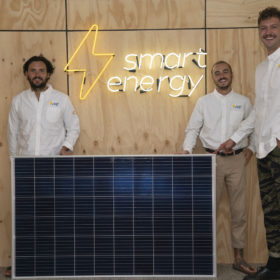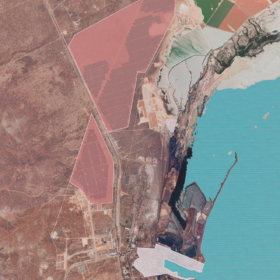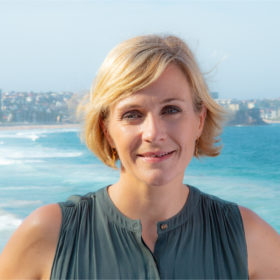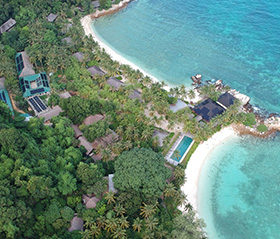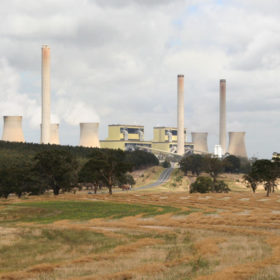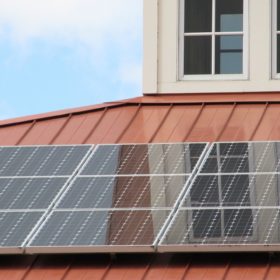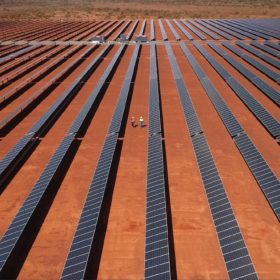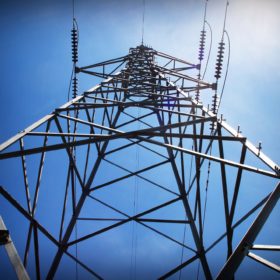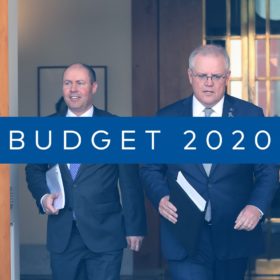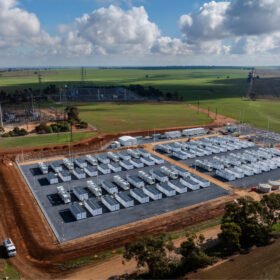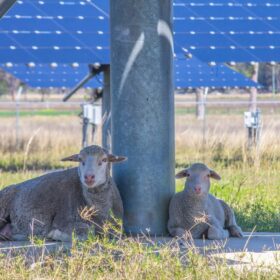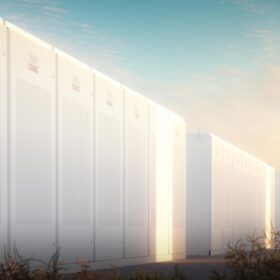Smart Energy’s protean culture helped solar to shine through Covid-19
Smart Energy is one of Australia’s most creative and fastest growing solar companies, largely thanks to a compassionate business plan which came into its own since the outbreak of covid-19. The various lockdowns and increased electricity bills have driven an accelerated uptick in residential solar and Smart Energy co-founder Elliot Haynes sat down with pv magazine Australia to talk about this unprecedented period.
The South Australian renewable energy crucible – perspectives from macro to micro
One of the few benefits of COVID-19 is the ability to virtually attend conferences that may previously have been a plane ticket too far. Tomorrow’s South Australian Renewable Energy Conference is a window of opportunity …
Zali Steggall’s new climate change bill comes just as economic sectors step up
Yesterday, Zali Steggall, the independent member for Warringah, introduced her long-awaited climate change bill to the Australian parliament.
Islands on the horizon of hope: Canopy Power’s solar microgrid helps another island toward a sustainable future
Singapore-based solar plus storage microgrid expert Canopy Power has helped the Batu Batu resort on Malaysia’s Tengah Island reduce its dependence on diesel fuel through the installation of an integrated system which will cover a quarter of its energy needs.
BlackRock crosses the aisle at AGL Energy shareholder meeting, calls for accelerated coal station closures
BlackRock, the $7.3 trillion asset manager and one of AGL Energy’s largest shareholders, broke ranks at AGL’s recent annual shareholder meeting to side with the Australasian Centre for Corporate Responsibility’s resolution to accelerate the closure of the energy giant’s coal-fired power stations. The move is significant for BlackRock who had so far only talked the talk, but now seems to be walking the walk.
US residential solar set for a record-breaking year — despite, and because of, 2020
With folks housebound by Covid-19 restrictions and more conscious of their home energy needs, April proved a banner month for companies generating digital leads through their own accelerated transition to a new way of working.
Granny Smith gold mine receives one of the world’s largest renewable energy microgrids
In a move which is sure to pan out well for Granny Smith gold mine in Western Australia, Aggreko has installed one of Australia’s largest renewable energy microgrids comprising 7.7 MWp of solar energy generation which will integrate with the site’s existing power station. pv magazine sat down with Aggreko’s Managing Director of Microgrids and Storage solutions, Karim Wazni, to discuss how microgrids and energy storage can help transition Australia’s resource sector.
Powerlink Queensland launches ‘system strength as a service’ model in deal with Neoen
Powerlink Queensland has launched its ‘system strength as a service’ model in Far North Queensland through a deal with renewable energy giant Neoen’s 157 MW Kaban Green Power Hub. Powerlink Queensland’s model is to install a large synchronous condenser and then on-sell its system strength capacity to multiple renewable energy projects, a way to increase renewable energy integration into congested parts of the grid.
Another bumper year sees green bonds push through $1tn mark
Sustainability-linked debt financing is experiencing ever increasing popularity and the success of green bonds has driven other products linked to social performance and other sustainability criteria. The total volume of such investments to date passed the $2 trillion point this year.
CEC joins growing crowd slamming Federal Budget 2020
The Clean Energy Council has lambasted the Morrison Government’s Federal Budget 2020 as a missed opportunity for a widely popular renewable recovery effort. In fact, not only has the Morrison Government failed to fund Australia’s future, it has succeeded in funding the nation’s decaying past, including money for the controversial Vales Point coal-fired power station.
